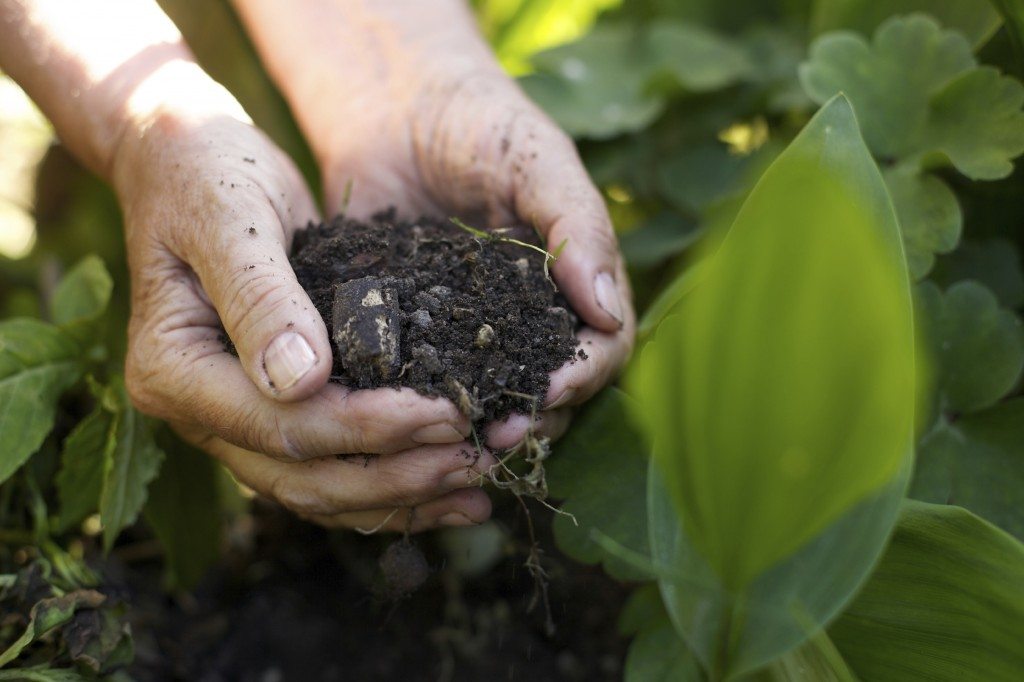[ad_1]
Few illnesses are as harmful as Phymatotrichum root rot, which may assault and kill over 2,000 species of vegetation. Thankfully, with its affinity for warm, dry climates and calcareous, barely alkaline clay soil, this root rot is restricted to sure areas. Within the Southwest United States, the illness could cause important injury to fruit crops, reminiscent of sweet cherry trees. Proceed studying for extra cherry cotton rot data.
What’s Cherry Phymatotrichum Rot?
Cherry root rot, also called cherry cotton root rot, cherry phymatotrichum root rot, or just cotton root rot, is brought on by the fungal organism Phymatotrichum omnivorum. This illness is soil borne and unfold by water, root contact, transplants or contaminated instruments.
Contaminated vegetation could have rotted or decaying root constructions, with seen brown to bronze coloured woolly strands of fungus. A cherry tree with root rot will develop yellowing or browning foliage, beginning with the plant crown and dealing down the tree. Then, immediately, the cherry tree foliage will wilt and drop. Growing fruit will even drop. Inside three days of an infection, a cherry tree could die from phymatotrichum cotton root rot.
By the point the signs of cotton root rot on a cherry are seen, the plant’s roots could have been severely rotted away. As soon as the illness is current within the soil, prone vegetation shouldn’t be planted within the space. Relying on circumstances, the illness can unfold within the soil, infecting different areas by stowing away on transplants or backyard instruments.
Examine transplants and don’t plant them if they give the impression of being questionable. Additionally, preserve your gardening instruments correctly sanitized to keep away from the unfold of illnesses.
Treating Cotton Root Rot on Cherry Timber
In research, fungicides and soil fumigation haven’t been profitable in treating cotton root rot on cherry or different vegetation. Nevertheless, plant breeders have developed newer sorts of vegetation that present resistance to this devastating illness.
Crop rotations of three or extra years with resistant vegetation, reminiscent of grasses, might help management the unfold of phymatotrichum root rot. As can deeply tilling contaminated soils.
Amending the soil to scale back the chalk and clay, and in addition to enhance moisture retention, will assist stop the expansion of phymatotrichum. Mixing in garden gypsum, compost, humus and different organic materials might help appropriate the soil imbalances during which these fungal illnesses thrive.
[ad_2]

